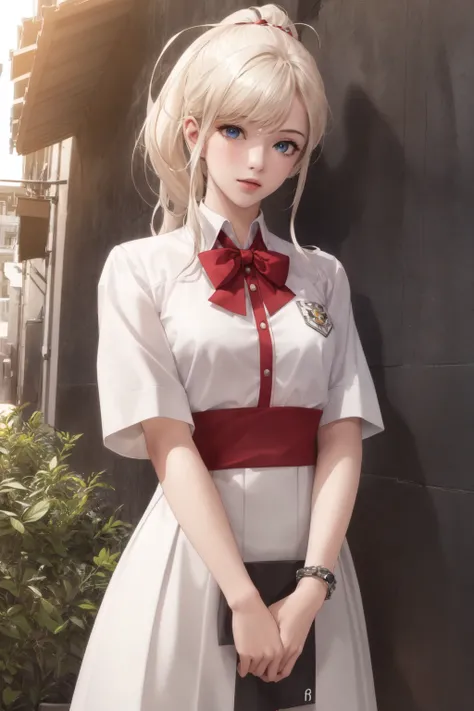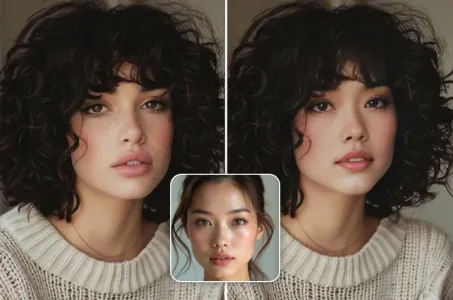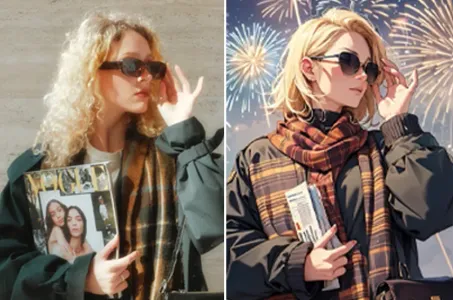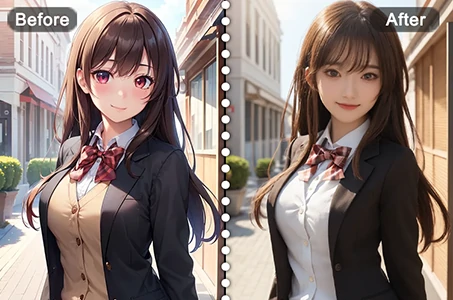Arafed image of a man and woman dressed in medieval clothing
![The samurai were part of the feudal warrior order of Japan during the period known as the shogunate, which lasted for almost eight centuries, from the eighth to the nineteenth century, more precisely between 1100 and 1867. They were soldiers or warriors of an aristocratic class that for a long time dominated Japanese territory. To this day, these brave men are associated with expressions such as 'honour', 'justice', 'loyalty'. At first, the samurai had only the function of reaping taxes for the Empire. They had to be robust and determined, to confront, if necessary, the resistant peasant class.
ARMOR WARRIORS STRONG MEN SAMURAI Replica of the armor of Daimyō Uesugi Kenshin (1530–1578). A typical samurai armor was composed of several important details, undergoing changes according to the historical period, the clan and the class of the samurai. Those used for battles on horseback weighed up to forty pounds. [9] Suneate: Two vertical blades attached to the tibia by joints or chains. Haidate: Thigh protector, with the bottom overlapping metal or leather blades. Yugate: Gloves made of leather. Kotê: They are the sleeves that protected the forearms and cuffs, could be made of various materials such as fabric, leather or metal blades. Dô: Protector for the abdomen. Kusazuri: A type of skirt made of metal blades attached to a leather belt and tied to the Dô, served to protect the hips and thighs. Uwa-obi: Belt made of linen and cotton that tied the Dô. Sode: Shoulder protector made of metal blades. Hoate: Masks that varied a lot from model to model, according to the period. Kabuto: Helmet, which also varied greatly by model, according to the period. They symbolized the power and status of the samurai. Horo: Cape, made of silk used as an arrow trimmer, also carried with it the clan design in which the samurai participated. --auto](https://image.cdn2.seaart.me/2023-07-09/43332035158085/849239ea79ae4d7405b6ae93e449e3a14985699b_high.webp)
プロンプト
プロンプトをコピー
The samurai were part of the feudal warrior order of Japan during the period known as the shogunate
,
which lasted for almost eight centuries
,
from the eighth to the nineteenth century
,
more precisely between 1100 and 1867
.
They were soldiers or warriors of an aristocratic class that for a long time dominated Japanese territory
.
To this day
,
these brave men are associated with expressions such as 'honour'
,
'justice'
,
'loyalty'
.
At first
,
the samurai had only the function of reaping taxes for the Empire
.
They had to be robust and determined
,
to confront
,
if necessary
,
the resistant peasant class
.
ARMOR WARRIORS STRONG MEN SAMURAI Replica of the armor of Daimyō Uesugi Kenshin (1530–1578)
.
A typical samurai armor was composed of several important details
,
undergoing changes according to the historical period
,
the clan and the class of the samurai
.
Those used for battles on horseback weighed up to forty pounds
.
[9] Suneate: Two vertical blades attached to the tibia by joints or chains
.
Haidate: Thigh protector
,
with the bottom overlapping metal or leather blades
.
Yugate: Gloves made of leather
.
Kotê: They are the sleeves that protected the forearms and cuffs
,
could be made of various materials such as fabric
,
leather or metal blades
.
Dô: Protector for the abdomen
.
Kusazuri: A type of skirt made of metal blades attached to a leather belt and tied to the Dô
,
served to protect the hips and thighs
.
Uwa-obi: Belt made of linen and cotton that tied the Dô
.
Sode: Shoulder protector made of metal blades
.
Hoate: Masks that varied a lot from model to model
,
according to the period
.
Kabuto: Helmet
,
which also varied greatly by model
,
according to the period
.
They symbolized the power and status of the samurai
.
Horo: Cape
,
made of silk used as an arrow trimmer
,
also carried with it the clan design in which the samurai participated
.
--auto
情報
Checkpoint & LoRA

Checkpoint
LibMix
コメント:0件
0
0
0









